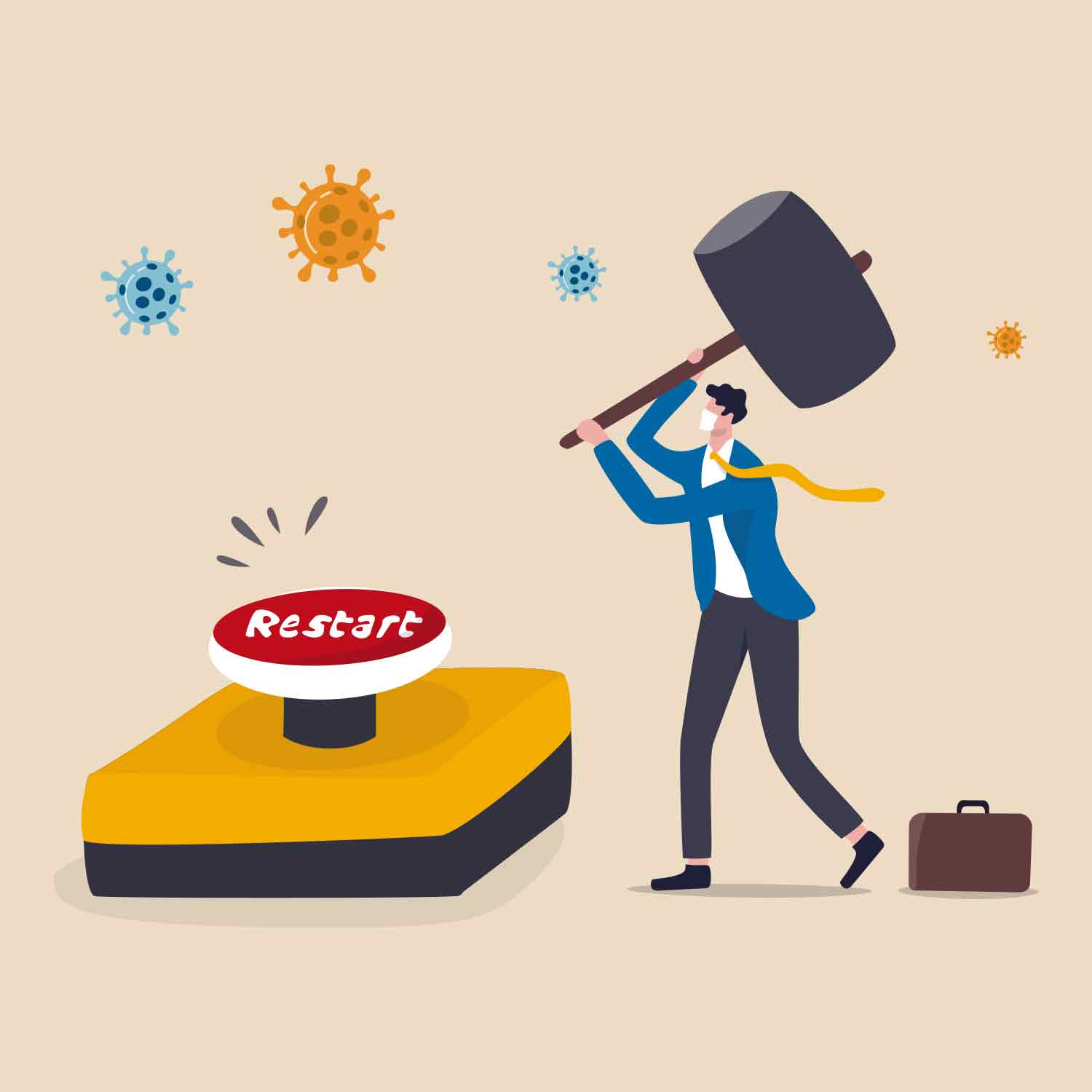Only a week before, on January 9, the first death had been confirmed and accounted for. Looking at SARS data is something that I have done before. In 2003, Johnson & Johnson noticed that consumers, on a worldwide scale, were stopping their purchases of aerosols and potpourri. Johnson & Johnson commissioned us to investigate the future of air care. Internally they had debated if this was related to “something else that consumers wanted to smell” instead of traditional flower-based scents. We came across something more alarming and more radicalised: the SARS pandemic in Asia, an invisible enemy that was moving across country to country attacking lung functions. The first pandemic directly related to the air we breathe, it revealed an air that was full of pathogens so, understandably, the last thing on consumers’ minds was to camouflage it with odours, irrelevant of their freshness or charming perfumes. It was psychological more than evidential, because pathogens do not smell, but it drove us to collaborate with Johnson & Johnson in the creation of anti-bacterial aerosoles, the first ones of its kind in the FMCG market. The second emerging trend we uncovered on a global scale was the rising of alternative treatments to enhance well-being and a healthy status. Aromatherapy had crossed over from the hippie-New Age circles, and made it into the mainstream in some countries. Consumers wanted to breathe smells that could enhance their health, make them feel more relaxed, or in a better mood. After six months of working with their product innovation team, the electrical plug-ins were born, and eighteen months later I was looking at them on a supermarket shelf in the U.K.
This pandemic is going to derive new product ranges that will deal more directly with airborne pathogens and the surfaces where they land.
This pandemic is going to derive new product ranges that will deal more directly with airborne pathogens and the surfaces where they land. I’m looking at projects that involve repellent textiles and plastics, just like negative ion generators repel dust from settling onto surfaces. It will also change how we enter our homes, design our hallways, greet people, and navigate public places. The one project that I see fit for the immediate future is to upgrade the filters on the circulating air of buildings and large shopping centres, airport terminals and transport stations. Industrial filters come in all kinds of grades, whether one has to seal off a lab and turn it into “white rooms” or a surgery theatre. If we want to see people coming back to work, the cinema or a shopping centre, we will need to upgrade the filters. Right now no one is making the first move except in Switzerland, where already in February in addition to increased sales of F9 (optimal air quality) and HEPA H14 (excellent air quality) filters rising orders of Carbon filters (against smells and organic compounds) and ultraviolet lamps (UVCs) which can inactivate microorganisms were solicited by customers for their office buildings.
It is now the time to focus on how we treat the air we breathe and include it into the smart IoT portfolio of homes and cities if we want to survive.


How we address what caused Covid-19 will help us determine how we survive it.
The air we breathe has become a cosmos of entities that resemble our microbiome where good and bad bacteria can keep our immune system healthy or derive into irritable bowel syndrome and other incurable diseases. It is now the time to focus on how we treat the air we breathe and include it into the smart IoT portfolio of homes and cities if we want to survive. Almost ten years ago, when working in Smart City projects and their future Human Factors - what humans would require to live in them, I came across the factor of oxygen production in megacities of 20 and 30 million inhabitants. I started to stress to governments and industry players involved in the developments of future urban centres that oxygen, and not transportation, would be a major pressing issue to deal with. Mental health became the second item on my list where it came to the design landscapes of human interactions and the notion that alienation, loneliness and stress are mental health issues derived from living in large, fast-paced cities. Today, I have to add airborne pathogens. It is obvious that somewhere along the line, how we live on this planet will have to radically change if we want to stop pandemics that derive from our exploitation of animals at industrial scale or at markets where animal treatment is appalling where it comes to care and sanitation. How we address what caused Covid-19 will help us determine how we survive it. A vaccine will just become a patched-up job, a relatively short-term solution to a problem that has continued to exist since a decade ago. #timetoCtrlAltDel











